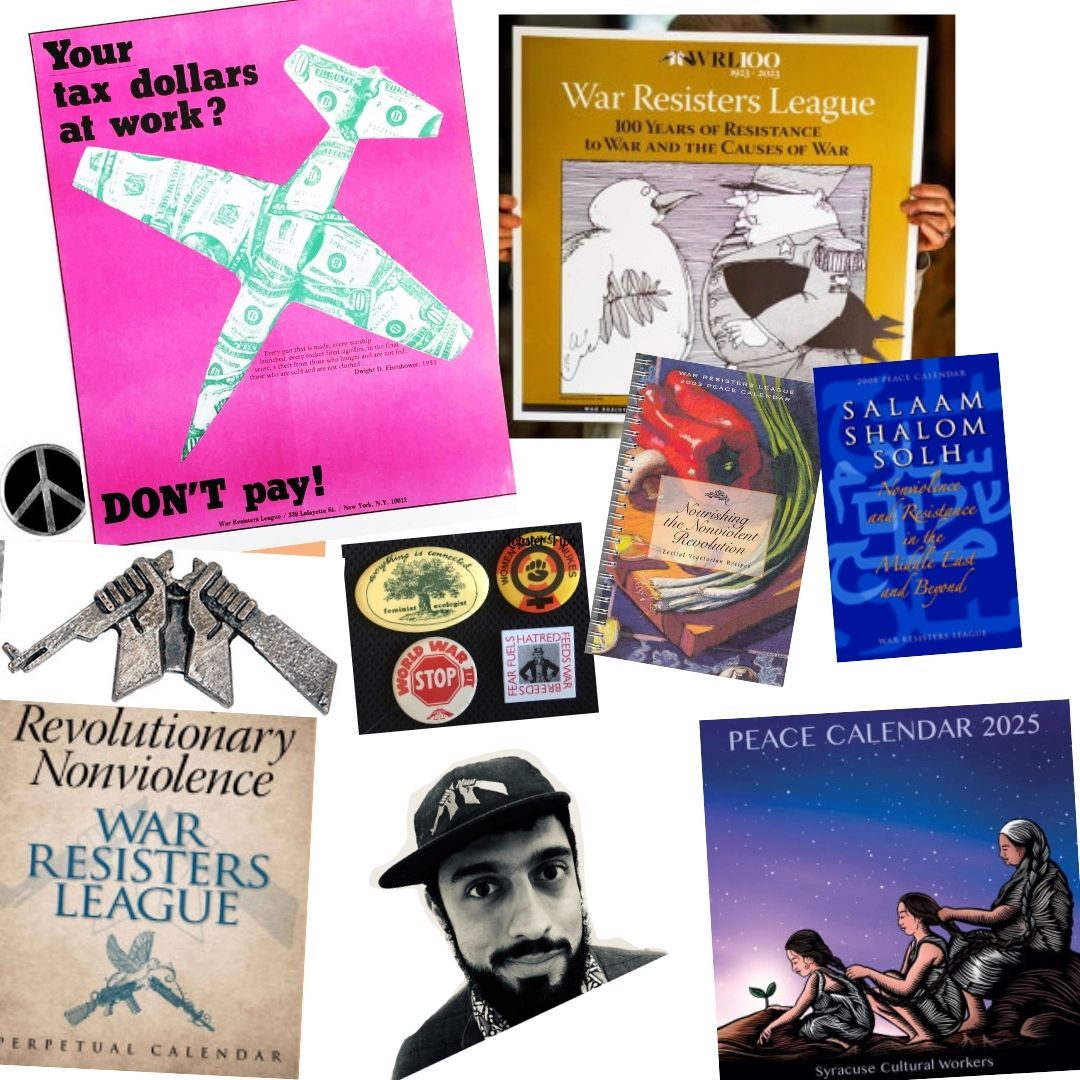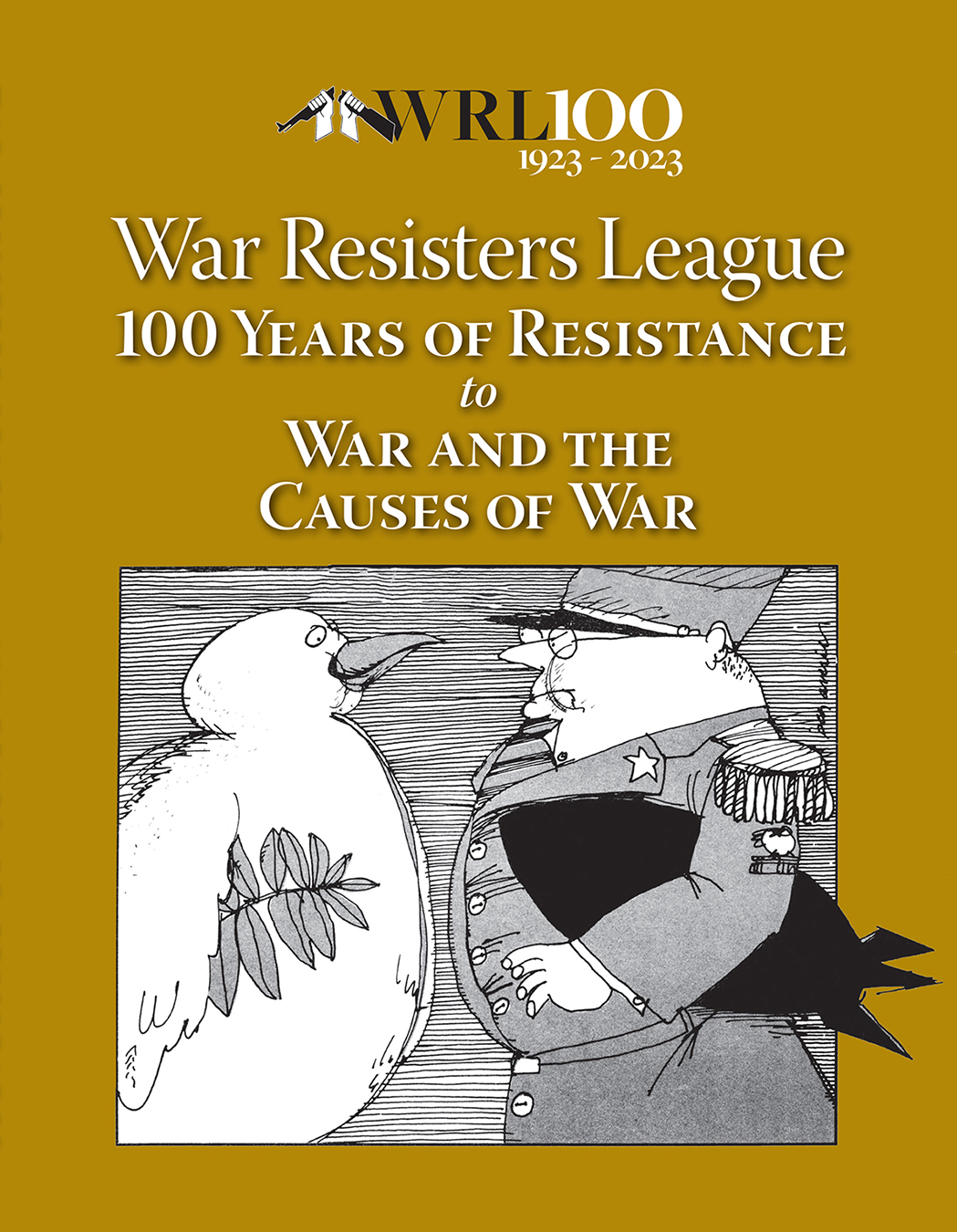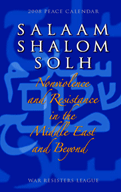What defines an action as nonviolent? Is it nonviolent to go limp when the police come around to break up a demonstration? To “re-face” billboards by changing their message with paint and paste? To break into a draft board office in the middle of the night and burn its files? To slip onto a military installation at dawn and hammer on a weapon of mass destruction (or a component of or support system for such a weapon), then stand there singing ’til the MPs come? To throw a brick through the storefront of a shop that sells sweat-shop goods? To throw a stone at a soldier armed with lethal weapons?
Which of those actions would you call nonviolent? And why are we asking?
When the War Resisters League was begun just after World War I, the organization’s vision of resisting war was deeply rooted in conscientious objection. But when the COs came out of prison after World War II, many of them had broadened their vision of war resistance to include nonviolent resistance to the causes of war in what was the Gandhian tradition and became the Muste/King tradition. And many of the previous generation of pacifists were shocked by what might be described as a new, more militant pacifism. WRL and most other pacifists now take Gandhian nonviolent civil disobedience as a basic precept.
But ever since the 1999 WTO protests in Seattle, the question of just what constitutes nonviolent action has been at the forefront of many activists’ discussions, and lurking around the edges of many more. We’re asking because when this magazine referred casually to the Seattle Black Bloc brick-throwers as having “rejected nonviolence” (January-February 2001), we got an angry letter from a YouthPeace activist asking how we could say Plowshares actions were nonviolent but brick-throwing wasn’t (March-April 2000).
At the time, we responded by noting that the Seattle Black Bloc-ers had explicitly rejected nonviolence, but it’s become clear since that that response can lead to a circular argument (in which calling an action nonviolent is what defines it as such). There’s an exciting resurgence in protest going on, and a new generation of activists, many of them committed to nonviolence as they define it, is questioning (as new generations do) many of the assumptions long-time activists have come to take for granted—including the very nature of nonviolence.
So is this a turning point? Perhaps. It’s clear that the subject is a hot-button item; see “Microcosm of a Changing Movement” (May-June NVA) and the letters that article provoked (this issue NVA).
Starting on the next page, you’ll find the responses by nine activists to the questions posed here. They’re different people, from different backgrounds, and they come up with different conclusions. Agreeing on everything, but the tactics of the demonstraton, has never been a criterion in any WRL decision on with whom to build a working relationship or create an action coalition , and we’ve always held respect for those with whom we disagree to be a hallmark of nonviolence. So we suspect that many of those responses are probably valid, at least in part—including those that appear to contradict each other. At the same time, we think that one possible response might be invalid by definition; it might be characterized as, “Nonviolence is what we’ve always practiced because that’s how we’ve always practiced it.”
This is the beginning of what should be an important discussion in this magazine. We hope and expect that many of you will weigh in with your responses in the near future.





